ANTI WRINKLE INJECTIONS
BOTULINUM TOXIN ANTI WRINKLE INJECTIONS®
The cosmetic form of botulinum toxin, sometimes referred to as “Anti wrinkle Injection” by patients, is an injectable toxin that temporarily reduces or eliminates dynamic facial fine lines and wrinkles.
What is botulinum toxin type A?
The cosmetic form of botulinum toxin, sometimes referred to as “Anti wrinkle Injection” by patients, is a popular injectable toxin that temporarily reduces or eliminates dynamic facial fine lines and wrinkles thus giving more rejuvenated appearance. The most commonly treated areas are frown lines, forehead creases, crow’s feet near the eyes and angles of mouth giving a sad smile. Several other areas have been treated such as thick bands in the neck, thick jaw muscles, lip lines and gummy smiles.
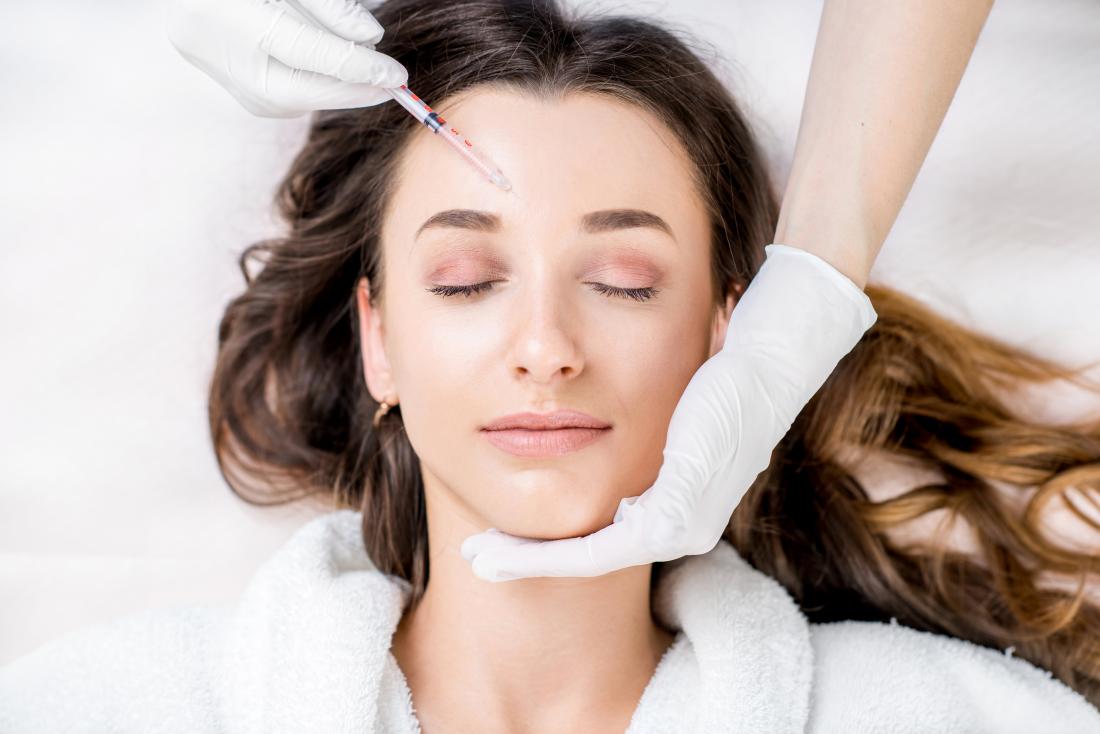
Botulinum toxin is a purified substance that’s derived from bacteria. Injections of botulinum toxin block the nerve signals to the muscle in which it was injected. Without a signal, the muscle is not able to contract. The end result is diminished unwanted facial wrinkles or appearance.
Botulinum toxin can be used to:
- Smooth crow’s feet, forehead furrows, frown lines, lip lines and bunny lines
- Diminish neck bands
- Improve the appearance of skin dimpling of the chin
- Lift the corners of the mouth
- Soften a square jawline
- Correct a gummy smile
Apart from cosmetic concerns anti wrinkle injections is also effectively used to treat other clinical conditions such as “benign essential blephrospsm” either alone or at times associated with Meige syndrome or cranial dystonia.
anti wrinkle injections is also well known to treat hyperhidrosis affecting palms and axilla with effective results
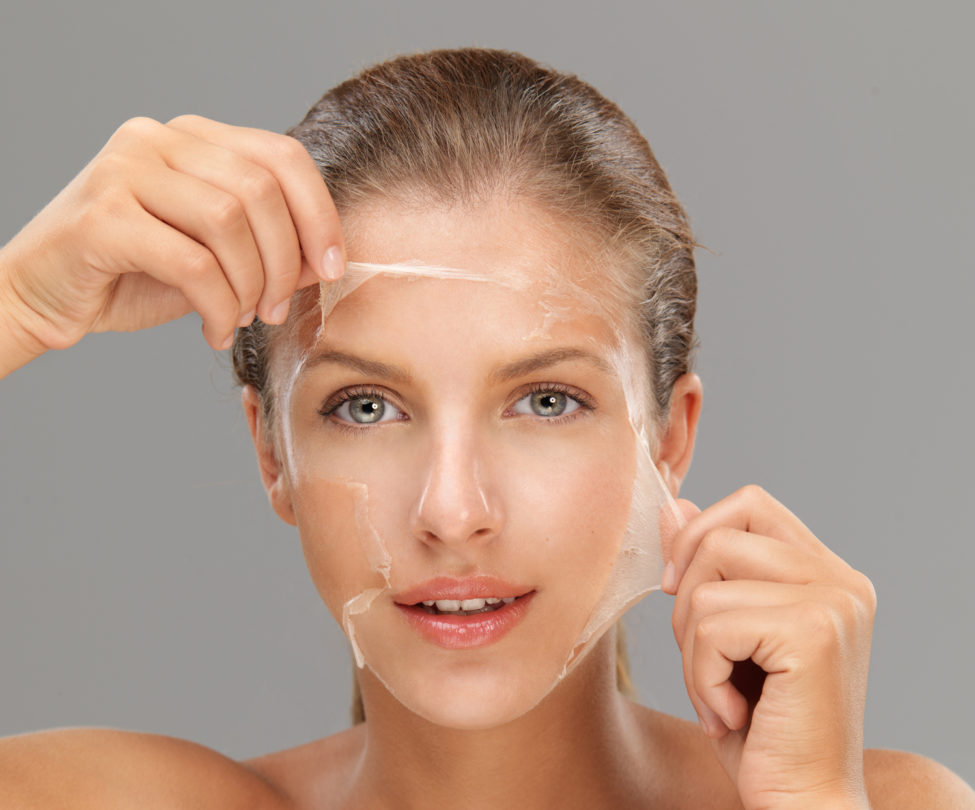
Chemical Peel
A chemical peel uses a certain strength of chemical solution to resurface your skin by removing the damaged outer layers.
What is a chemical peel?
A chemical peel is used to improve the texture and tone of your skin by removing the damaged outer layers.
Although chemical peels are used mostly on the face, they can also be used to improve the skin of your neck, hands and feet. Sun exposure, acne, pigmentation or just getting older can leave your skin tone uneven, wrinkled, spotted or scarred.
A chemical peel is one of the most cost-effective office-based procedure to improve the appearance of your skin. The potential result of the chemical peel is dependent on the
What a chemical peel can improve
- Acne or acne scars
- Fine lines and wrinkles
- Irregular skin pigmentation
- Rough skin and scaly patches
- Certain scars
- Sun-damaged skin
What a chemical peel can’t do
- Treat deep facial lines or wrinkles
- Significantly tighten loose or sagging skin
- Remove deep scars
Dermabrasion
Dermabrasion gives the skin a more finer and smoother appearance through controlled surgical scraping/peeling, most commonly used for dealing with facial scars and wrinkles.
What is dermabrasion?
Dermabrasion and dermaplaning is used to “refinish” the skin’s top layers through a method of controlled surgical scraping/exfoliation. The treatments soften the sharp edges of surface irregularities, giving the skin a smoother and finer appearance.
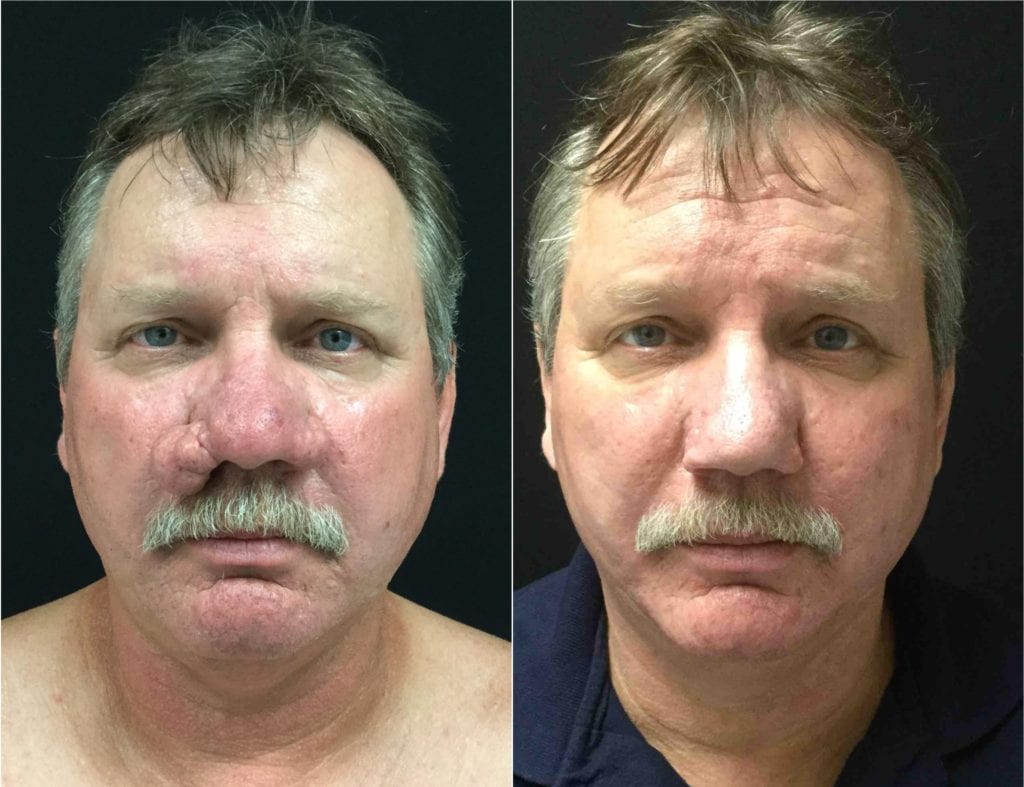
Dermabrasion is most often used to improve the look of facial skin left scarred by trauma or previous surgery, or to smooth out fine facial wrinkles. It’s also sometimes used to remove the pre-cancerous growths called keratoses.
dermabrasion can be performed on small areas of skin or on the entire face. It can be used alone or in conjunction with other procedures such as facelift, scar removal/revision or chemical peel or PRP.
Common uses
Dermabrasion is used to treat scars caused by acne or other injuries, fine wrinkles, sun-damaged skin, rhinophyma and precancerous skin patches.
Considering alternative procedures
If you’re planning “surface repairs” on your face, you may also be considering chemical peel, an alternative method of surgically removing the top layer of skin. However, dermabrasion to remove the affected skin layers, while chemical peel uses a caustic solution.
Many plastic surgeons perform all these procedures, selecting one or a combination of procedures to suit the individual patient skin and the problem. Others prefer one technique at a time for all surface repairs. In general, chemical peel is used more commonly to treat fine wrinkles, and dermabrasion for deeper imperfections such as acne scars.
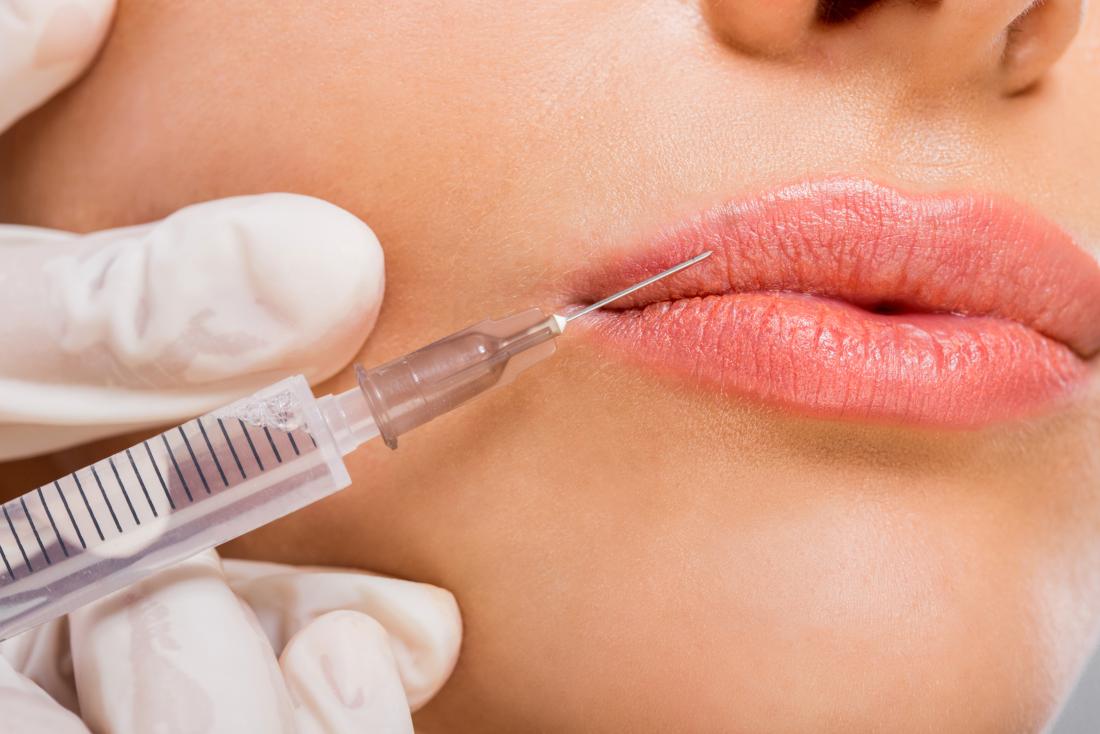
Fillers
dermal fillers help to plump thin lips, enhance shallow facial contours, soften facial creases, remove wrinkles and improve the appearance of scars.
What are dermal fillers?
Dermal fillers tend to diminish facial lines and restore volume and fullness in the face.
With progressive age, our faces naturally lose subcutaneous fat. The facial muscles are then working closer to the skin surface, so smile lines and crow’s feet become more prominent.
The facial skin also stretches a bit due to loss of elastic fibers from skin, adding to this loss of facial volume. Other factors that affect the facial skin include sun exposure, heredity and lifestyle.
What dermal fillers can do
- Plump thin lips
- Enhance shallow contours
- Soften facial creases and wrinkles
- Improve the appearance of recessed scars
- Reconstruct contour deformities in the face
- Decrease or remove the shadow of the lower lids
Dermal fillers are very helpful in those with obvious signs of aging, or as a value-added part of facial rejuvenation surgery.
What dermal fillers can’t do
For some patients, surgery such as a facelift, brow lift or eye lift may be the best approach. Minimally invasive rejuvenation treatments, such as soft tissue fillers, cannot achieve the same results as that of surgical treatment, but may delay the time when consideration of a facelift becomes evident. It is important to remember that dermal fillers are temporary treatments for facial aging and that ongoing treatments will be needed for long-term results.
LASER HAIR REMOVAL
Laser hair removal is a noninvasive technique that uses highly concentrated laser beam to penetrate hair follicles and inhibit future hair growth.
What is laser hair removal?
Laser hair removal is a noninvasive technique that uses highly concentrated laser beam to penetrate hair follicles. The targeted laser light is absorbed by the pigment in the hair shaft in the follicle, generate heat which damages the follicle to inhibit future hair growth permanently. Thus, plucking hair before treatment reduces the efficacy of the laser treatment as the target is absent.
Because laser hair removal significantly affects actively growing hair follicles, it may take several laser hair removal treatment sessions to achieve significant hair reduction. Additionally, while laser hair removal effectively slows hair growth, it doesn’t guarantee permanent hair removal. Interval maintenance treatments may be needed.
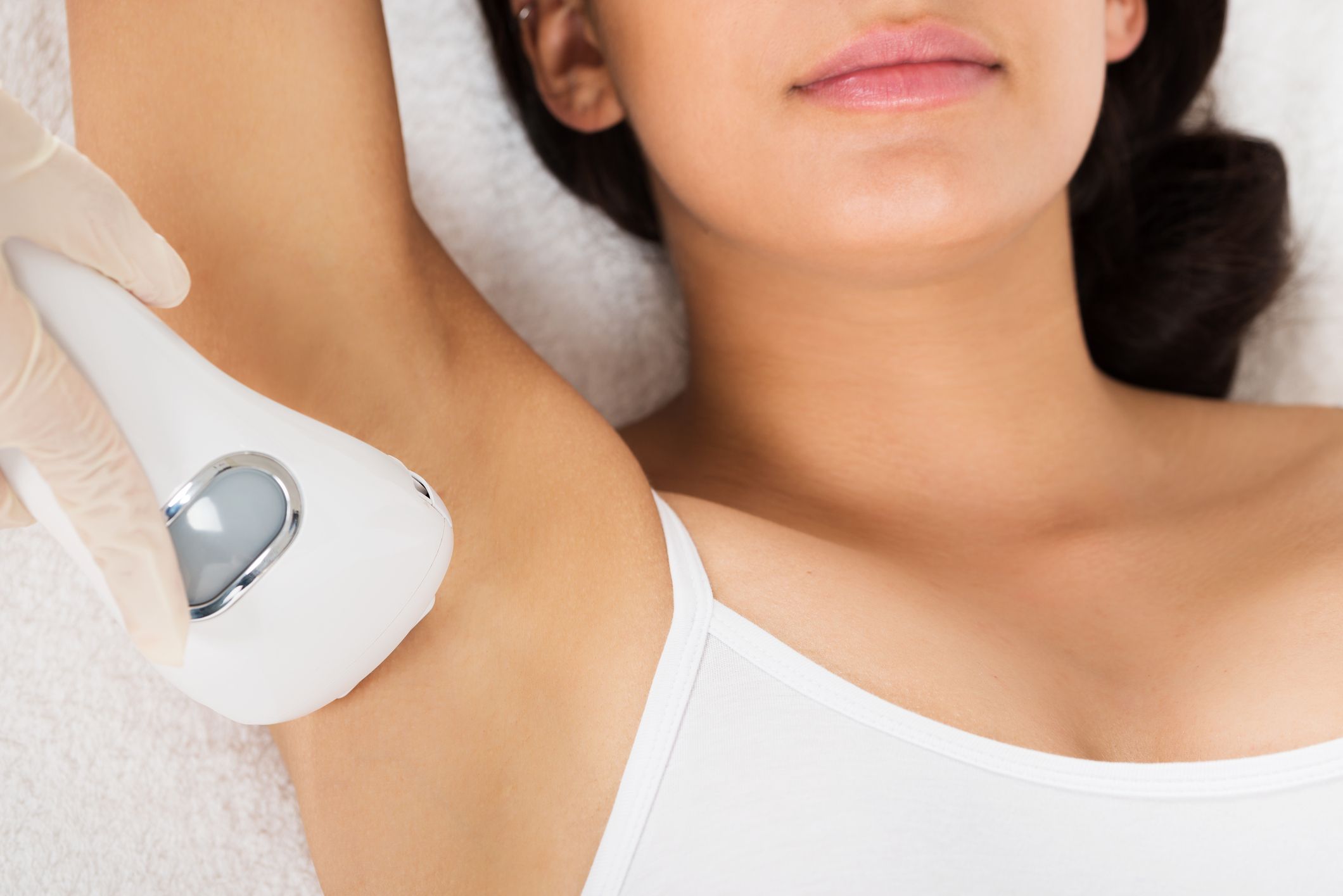
Is laser hair removal permanent?
Although laser hair removal reduces the number of unwanted hairs in a given area, it doesn’t completely get rid of them. When the hair grows back after sometime, they will be finer, lighter, and fewer in number. The recommended number of sessions are between ten to twelve, and occasional maintenance may be required.
How does laser hair removal work?
Most commonly, laser hair removal is used to treat the face, body, legs, armpits and pubic area and even whole body in a single go.
